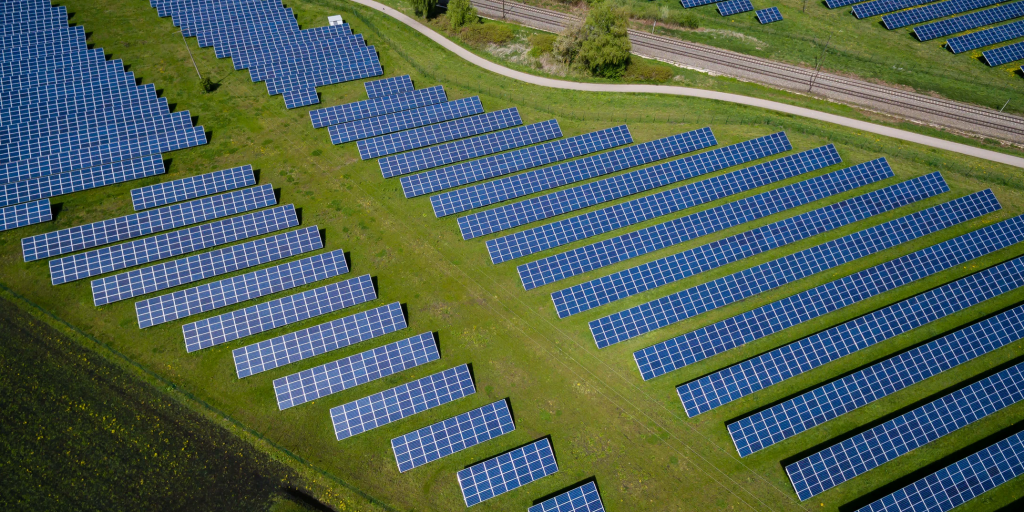Financing to fuel energy savings projects
In an era of tightening budgets, one way many communities are saving costs is by going green. By adopting energy conservation measures (ECMs), cities and counties can keep their coffers and the environment sustainable.
Energy savings programs can save municipalities considerable amounts of money, and they are often cost-neutral to implement since the costs are paid through the energy savings. For example, The Greenfield Recorder reported that a school district in Massachusetts will save $80,000 a year in annual energy cost savings after they used a Green Communities grant from the Massachusetts Department of Energy Resources to install new windows, roof vents, and insulation.
Now is an especially good time to implement or expand on efficiency programs because of low interest rates, a competitive lending market and an increase in incentive programs in many states. Here’s how to figure out which energy efficiency measures might make fiscal sense for you.
Evaluate Your Environment
The first step is figuring out the landscape. An ECM is a product or technology implemented to reduce the consumption of energy in a facility. ECMs come in a variety of forms and are used to reduce utility costs including water, electricity or gas. ECMs are often combined in an Energy Performance Contract (EPC), which is a contract between two or more parties where payment is based on achieving specified results, which are typically guaranteed reductions in energy consumption and/or operating costs. Payments are often based on the cost savings associated with the anticipated results. Certain energy conservation measures make more sense in different places based on factors such as weather, facilities, and demographics. For example, state of the art boiler systems may be more prevalent upgrades in colder climates in the North while HVAC upgrades might make more sense for warmer climates in the South.
Additionally, you’ll want to consider the existing infrastructure. Consider higher saving energy conservation measures first such as lighting and water savings and build the project from there. Working with experts can help with this process—especially partnering with an Energy Service Company (ESCO). An ESCO is a company that specializes in undertaking energy efficiency measures under a contractual arrangement whereby the ESCO shares the value of energy savings with their customer. The business develops, installs, and can arrange financing for energy savings projects. You can request an energy audit from a certified ESCO to help you identify weaknesses in your existing infrastructure.
An ESCO can also help provide energy savings guarantees where they will be financially liable for energy savings projected but not realized. These contracts help lower your risk exposure, which is something that your lenders will love.
Next, consider state and federal incentive programs that may enhance savings and viability. For instance, New Jersey’s Clean Energy programs will help municipalities cover costs and conduct audits.
Energy savings retrofits are conservatively engineered and structured to produce excess savings over a defined time period. The terms can extend to 15 plus years, so a long-term view of the facility usage is important.
Think About the Investment
Each energy savings project has different upfront costs and takes varying amounts of time to complete.
When first starting out, focus on industry standard and proven energy savings devices including lighting, water fixtures, HVAC improvements, chillers, boilers, control systems and building envelope improvements such as windows, doors and insulation. These have been installed over many years in different applications and have predictable and measurable performance characteristics, minimizing the implementation risk.
Alternatively, complete building rebuilds typically face significant approval hurdles. This means it is usually easier to upgrading existing facilities.
The payback period for energy savings programs can vary greatly. Energy Conservation Measures (ECMs) such as lighting typically have a more rapid savings payback on investment. For instance, in Kittery, Maine, a project to convert all streetlights to LED is expected to pay for itself in under three years, after which point it will provide an estimated savings of $90,000 to $92,000 for taxpayers. On the other hand, ECMs such as boilers typically have a longer savings payback on investment.
Figure Out Your Financing
Once a direction is chosen on ECMs and budget, put together an implementation timeline and review financing alternatives.
Municipal leasing is a popular and effective way to finance energy savings projects, especially in a low-rate environment. Through an RFP process for viable energy savings projects, municipalities can secure favorable terms and benefit from a competitive financing market. Once an RFP is issued, financial institutions will typically reply with proposals with a bid in about two to three weeks.
When evaluating a bid, municipalities should consider the following:
- Ability to execute: Is the financial institution offering you the capital you need to start the project in a reasonable timeline?
- Reputation of the firm and history: Has the financial institution done similar transactions that demonstrate that they’re capable of providing the financing you need and can provide references? Does the financial institution have a focus in this industry? Will they be able to provide insight and tailor financing to the project’s specific needs?
- Pricing and Fee structure: Do the rates, fees, and terms line up with the project scope and savings?
With interest rates remaining low and a competitive market, now is a good time to look at energy savings programs that upgrade facilities and save money as you plan for years ahead. Find a good financial institution that can provide advice, has experience with these projects, and can provide competitive offerings.
Kevin Doyle is the senior vice president and senior regional director at TD Equipment Finance.




















